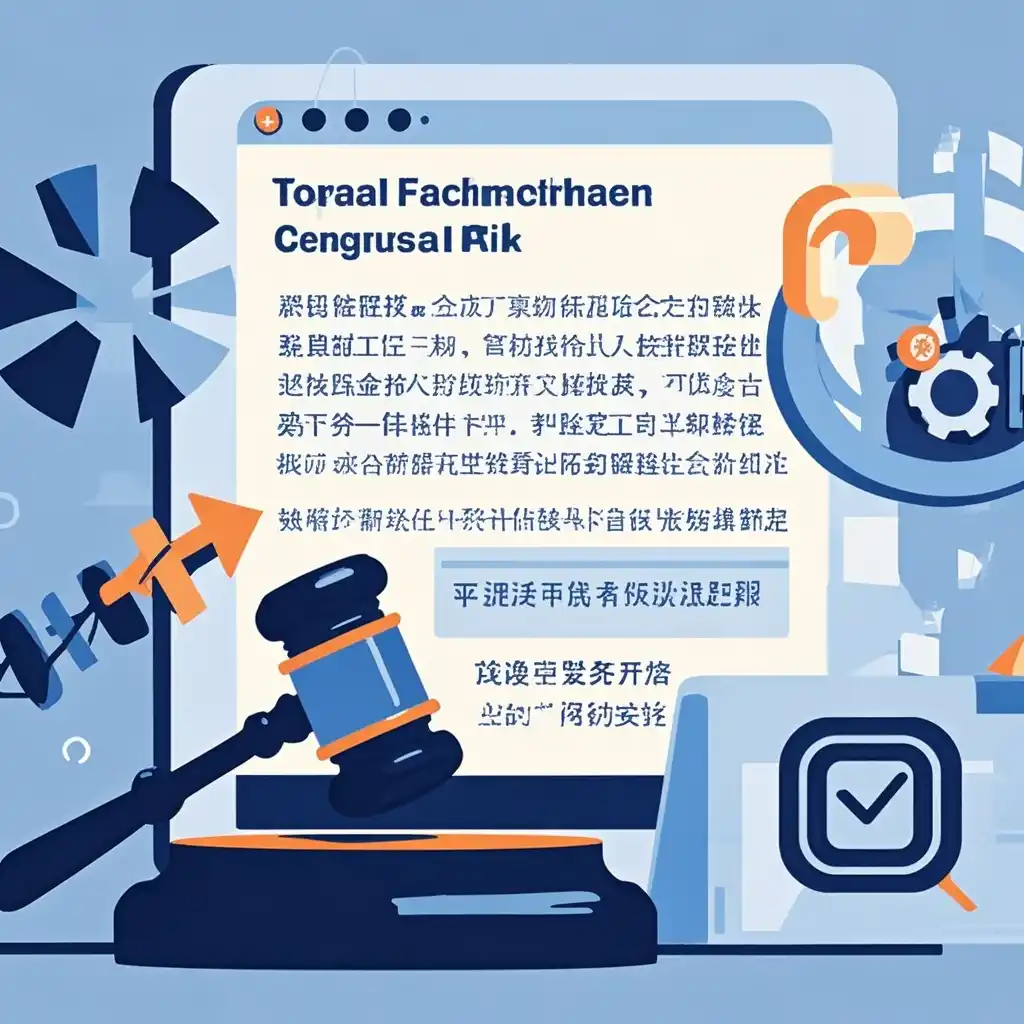

How Cross - border E - commerce Enterprises Can Avoid Tariff Evasion Penalties: A Practical Guide with Case Studies
In the booming world of cross - border e - commerce, many enterprises are seizing the opportunity to expand their markets globally. However, the complex landscape of international trade regulations, especially those related to tariffs, has posed significant challenges. Recently, we have witnessed that some sellers in the cross - border e - commerce field are facing penalties due to tariff evasion. This situation not only brings financial losses to the enterprises but also damages their reputations.
I. The Risk of Tariff Evasion
Tariff evasion can occur in various ways in cross - border e - commerce. One common method is misdeclaring the value of goods. For example, some sellers may under - declare the actual price of the products they are selling abroad. This could be tempting as it may seem to reduce the amount of tariffs payable. However, customs authorities around the world are becoming increasingly sophisticated in detecting such practices.
Another risk is misclassifying the goods. Different product categories are subject to different tariff rates. Some enterprises may try to classify their products as a lower - tariff category, even though they do not actually meet the criteria for that category. For instance, a high - tech gadget that should be classified as a high - value electronics item might be misclassified as a general - use household item with a lower tariff.
A case study can illustrate this point. Company A, a cross - border e - commerce seller, was shipping smartwatches. They misclassified these smartwatches as simple wristbands, which have a much lower tariff rate. Customs authorities eventually discovered this misclassification during a routine inspection. As a result, Company A was not only required to pay the correct amount of tariffs but also faced a hefty penalty for tariff evasion. The penalty amount was several times the original amount of tariffs they had tried to evade, and their business operations were also disrupted as their shipments were held up during the investigation.
II. Compliance Strategies for Cross - border E - commerce Enterprises
First and foremost, accurate product valuation is crucial. Enterprises should keep detailed records of the cost of goods, including the purchase price, shipping costs, and any other associated expenses. For example, if a product is purchased from a supplier for $50, and the shipping cost to the destination country is $10, the declared value should be $60. This ensures that the correct amount of tariffs is calculated based on the true value of the goods.
Proper product classification is also essential. To do this, cross - border e - commerce enterprises need to thoroughly understand the Harmonized System (HS) codes used for classifying goods in international trade. These codes are standardized across the world. For example, if an enterprise is selling a new type of beauty device, it should carefully research and determine the correct HS code. This may involve consulting with customs brokers or industry experts. In some cases, it may be necessary to provide additional documentation to customs authorities to prove the correct classification of the product.
Another important strategy is to stay updated on international trade regulations. Tariff rates and regulations can change frequently, especially in response to political and economic developments. For instance, a country may introduce new tariffs on certain imported goods to protect its domestic industries or as part of a trade negotiation. Cross - border e - commerce enterprises should subscribe to relevant trade newsletters, follow customs announcements, and participate in industry forums to stay informed about these changes.
Let's take the example of Company B. Company B is a cross - border e - commerce enterprise that sells a variety of clothing items. They have a dedicated team that is responsible for monitoring international trade regulations. When a major trading partner of their country adjusted the tariff rates on certain types of fabrics, Company B was able to quickly respond. They adjusted their product pricing and sourcing strategies to ensure compliance with the new regulations. As a result, they not only avoided potential tariff evasion penalties but also maintained a competitive edge in the market.
III. Summary
In conclusion, for cross - border e - commerce enterprises, avoiding tariff evasion penalties is not only a legal requirement but also a key factor for sustainable business development. The risks associated with tariff evasion, such as misdeclaring values and misclassifying goods, can lead to severe consequences. By implementing compliance strategies like accurate product valuation, proper product classification, and staying updated on regulations, enterprises can navigate the complex world of international tariffs with confidence. Case studies have shown that companies that are vigilant and compliant can avoid costly penalties and build a positive reputation in the international market. As the cross - border e - commerce industry continues to grow, it is essential for enterprises to prioritize compliance to ensure long - term success.